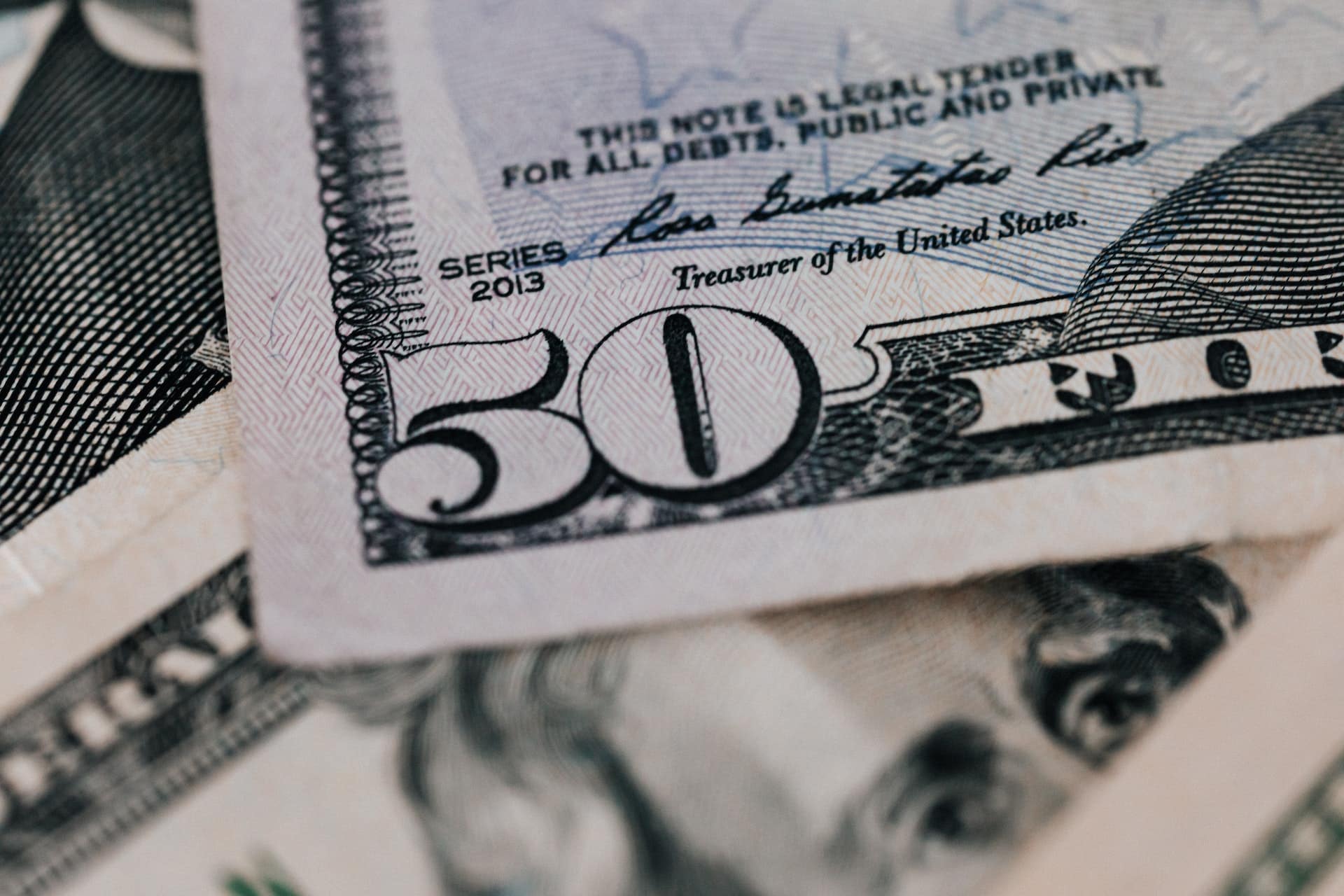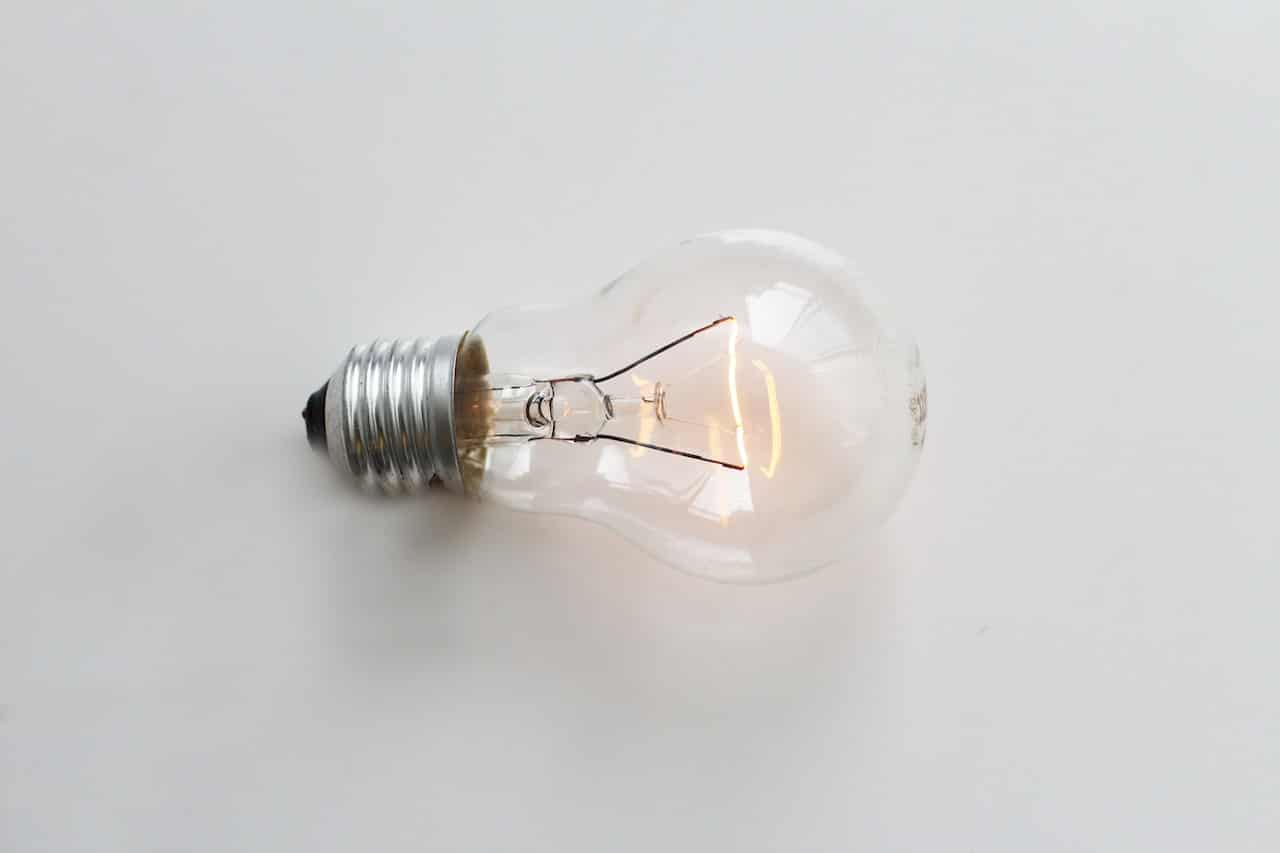There are several credit options to consider if you need some financial relief. You may have heard about a single payment credit. This financing option sounds convenient to many people because you are only expected to make one payment. However, it’s important to understand all of your financial options before making a final decision.
Keep reading to learn about your credit options and if single payment loans are the right choice for your current financial situation.
Single Payment Loan Options
A single payment credit is one type of credit available to consumers. A lender provides a lump sum of money to a qualified borrower. The entire loan principal is repaid at the end of a specified period—which is one payment. If you want to obtain a single payment loan, you may be considering getting a payday loan online.
What Is a Payday Loan?
One of the most common single payment loan options is a payday loan. Payday loans provide emergency cash to eligible borrowers, and is repaid in one payment. Eligible borrowers can obtain a payday loan online or in person at a store location. Online loans can be obtained on the weekend or even after business hours, which is why many people prefer them.
Eligibility for payday loans is mainly based on your income. A good credit score is not necessary, which is why payday loans are a popular bad credit loan option. Accepted income types are flexible too, for example, many people who are self employed apply for payday loans. However, financial experts often warn borrowers against taking out a payday loan due to predatory lending practices.
The term payday loan is a nod to the repayment schedule. Many people who need money in between paychecks often take out a payday loan. However, once that payday arrives in two weeks, the debt must be repaid in full. Two weeks is not a lot of time to regain the money you spent in addition to interest fees.
If the payday loan cannot be repaid on time, it rolls over. A rollover means the borrower pays a fine for delaying repayment of the loan. Lenders add this fine to the total loan amount a borrower owes. Suppose you take out a $400 payday loan with a 20% interest fee. You are expecting to pay a total of $480 for borrowing money. But if you fail to pay the loan in 14 days, then you will have to pay a $45 rollover fee. This means your new loan amount increases to $525.
A payday loan is convenient, but there are alternative credit options to consider—even if you have bad credit history.
Different Types of Credit
There are three additional forms of credit aside from a single payment credit. Each credit option has different repayment terms. Learn more about your financial credit options below.
Installment Credit
An installment credit, or installment loan, is a loan that provides a lump sum of money that is repaid in monthly payments over a certain period. Monthly payments consist of the principal amount and interest fees. A few examples of an installment loan include personal loans, auto loans, and mortgage loans.
The repayment length of an installment loan varies. Borrowers typically have the option of choosing a short or extended repayment length. A short repayment length with installment loans can help borrowers save money on interest fees. On the other hand, an extended repayment length can result in low monthly payments.
Eligibility for installment loans is dependent on a borrower’s credit history and income. The loan terms, such as the interest rate, are based on how high a person’s credit score is. If a credit report is good, Installment loans can have fixed or variable interest rates. Fixed rates do not change throughout the repayment period, so borrowers pay the same amount every month. Variable rates change every month depending on the federal funds rate.
Revolving Credit
You may already have access to revolving debt and not even know it. With revolving credit, borrowers are able to spend as much money as they have available through their credit limit.
At the end of a billing cycle, typically 28 to 31 days, borrowers must make at least the minimum payment. The minimum monthly payment for revolving credit depends on the lender and the balance of the financial account. However, paying more than the minimum due is beneficial because it will reduce credit utilization.
A common example of revolving credit is a credit card. Credit card eligibility depends on a person’s credit score and income. A higher FICO score will result in a higher credit limit and lower interest rates. Individuals with low credit may still qualify for a revolving credit account, but they may not get a lot of money through a credit line.
Most revolving credit options have fixed rates that are based on a persons current credit score. However, you may be able to find a lender that offers variable rates.
Which Loan Option Is Best for You?
A single payment loan requires only one payment, which is why many people gravitate towards this simple loan option. But owing only one solitary payment may actually work against you.
Single payment loans are convenient because they provide one lump sum quickly to people that have a subpar payment history. But many borrowers end up struggling to repay the entire loan within such a short timeframe. On the other hand, you could make several small payments when you get an installment loan or revolving credit account.
If you intend to borrow a lot of money, then an installment loan may be a better option than a revolving credit account. Borrowing a lot of money using a credit card can increase your credit utilization ratio, which accounts for 30% of your credit score. High debt balances can further decrease a low credit score and make qualifying for credit more difficult in the future.
Installment credit is a convenient alternative option if you need fast emergency cash with bad credit. The qualification requirements are flexible, although you will need a bank account to get an installment loan. Eligible borrowers could get a few hundred dollars or even a few thousand for all kinds of expenses. Use the money to repair their vehicle, consolidate revolving credit debts, and more.
Before making a financial decision, it’s important to have a good grasp on financial literacy. Understanding how various loan options work can help you make better financial choices.
References:
What Are the 3 Types of Credit
Revolving credit vs. installment credit: What’s the difference?
What does it mean to renew or roll over a payday loan?





